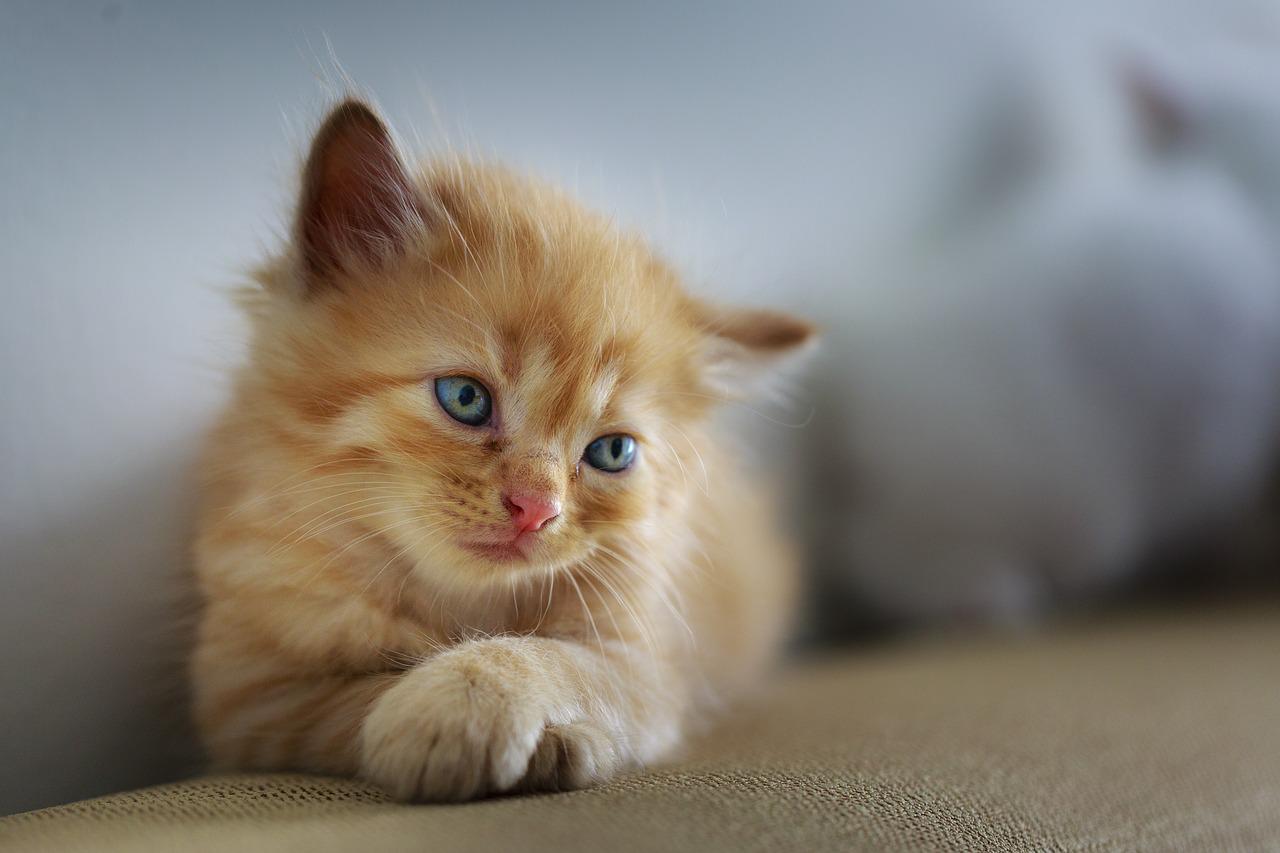Cats have captivated humans for millennia with their enigmatic eyes, but one feature stands out: their striking vertical pupils. Unlike the round pupils of humans or the horizontal slits of grazing animals, this unique shape is no accident—it’s a masterpiece of evolutionary adaptation. Let’s unravel the mystery of why cats evolved vertical pupils and how this trait shapes their survival, behavior, and perception of the world.
The Evolutionary Advantage of Vertical Pupils
Vertical pupils are a hallmark of ambush predators, particularly those active in low-light conditions. For cats—both domestic and wild—this eye structure provides critical advantages:
- Precision in Low Light:
- Vertical pupils can dilate dramatically, expanding up to 135 times in area to maximize light intake during nighttime hunts.
- In bright daylight, they narrow into thin slits, protecting sensitive retinas from glare while maintaining depth perception.
- Enhanced Depth Perception:
- Vertical pupils improve the accuracy of judging distances, crucial for pouncing on prey. Research suggests this shape helps predators gauge the horizontal position of targets more precisely.
- Stealth and Focus:
- The slit shape allows cats to focus intensely on a narrow field of view, filtering out peripheral distractions. This “tunnel vision” is ideal for stalking prey in dense environments.
Vertical vs. Horizontal vs. Round Pupils: What’s the Difference?
A 2015 study in Science Advances revealed a fascinating pattern:
- Vertical Pupils: Common in ambush predators (e.g., cats, snakes, foxes) that hunt close to the ground.
- Horizontal Pupils: Found in prey animals like goats and deer, providing a wide panoramic view to detect threats.
- Round Pupils: Typical of active hunters (e.g., humans, wolves) that chase prey over varied terrain.
For cats, vertical slits offer a perfect balance between light control and depth calculation—tools honed by millions of years of evolution.
The Mechanics of a Cat’s Pupil
A cat’s pupil isn’t just a passive hole; it’s a dynamic system governed by muscles and nerves:
- Iris Muscles: Two sets of muscles (sphincter and dilator) rapidly adjust pupil size.
- Tapetum Lucidum: A reflective layer behind the retina amplifies available light, contributing to their legendary night vision.
- Crepuscular Adaptation: Cats are most active at dawn and dusk, and their pupils excel in these transitional light conditions.
Why Don’t Big Cats Have Vertical Pupils?
Interestingly, lions, tigers, and other large felines have round pupils. This exception highlights how ecology shapes eye design:
- Hunting Style: Big cats often chase prey over open terrain, requiring a broader visual field rather than hyper-focused depth perception.
- Size and Height: Larger predators don’t rely on ground-level ambush tactics, reducing the need for vertical slit precision.
The Emotional Lens: Pupils as Mood Indicators
A cat’s pupils aren’t just functional—they’re emotional barometers:
- Wide-Open Pupils: Excitement, fear, or playfulness.
- Narrow Slits: Aggression, focus, or contentment in bright light.
- Uneven Dilation: A sign of neurological issues or injury (seek vet care).
The Trade-Off: Limitations of Vertical Pupils
While vertical pupils excel in specific scenarios, they have drawbacks:
- Blurry Long-Distance Vision: Cats struggle to focus on objects beyond 20 feet.
- Light Sensitivity: Sudden brightness (e.g., car headlights) can temporarily blind them.
Beyond Cats: Other Animals with Vertical Pupils
Cats aren’t alone in this adaptation:
- Snakes: Pit vipers use vertical pupils to triangulate heat signatures of prey.
- Foxes: Their slitted eyes aid in nocturnal rodent hunting.
- Geckos: Vertical pupils help these lizards navigate dim environments.
The Human Connection: Why We Find Vertical Pupils Mesmerizing
The hypnotic quality of cat eyes has deep roots:
- Evolutionary Signaling: Vertical pupils may trigger instinctive recognition of a predator’s gaze.
- Aesthetic Appeal: The dramatic contrast between slit pupils and large irises enhances their “alien beauty.”
What If Humans Had Vertical Pupils?
While intriguing, vertical pupils would clash with human needs:
- Reading and Detail Work: Our round pupils support sharp central vision for tasks like reading.
- Social Interaction: Wide, round pupils are linked to empathy and trust in primates.
Vertical pupils are a testament to evolution’s ingenuity, fine-tuning cats into unparalleled nocturnal hunters. This adaptation isn’t just about aesthetics—it’s a survival tool that balances light control, depth perception, and stealth. Next time you lock eyes with your cat, remember: Those haunting slits are a window into a wild, ancient past, where every millimeter of light could mean the difference between feast and famine.
